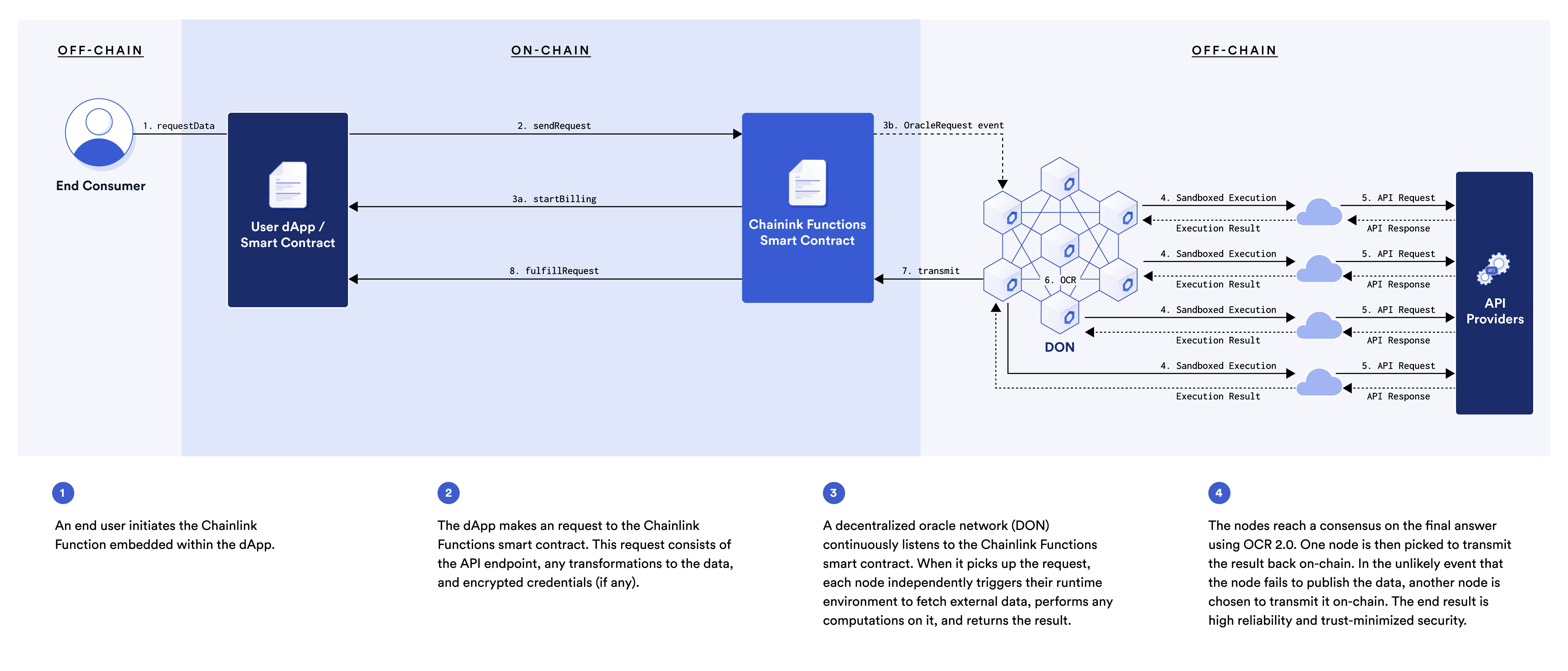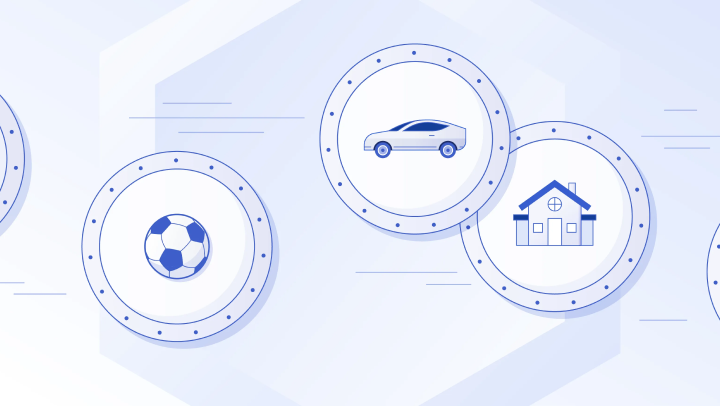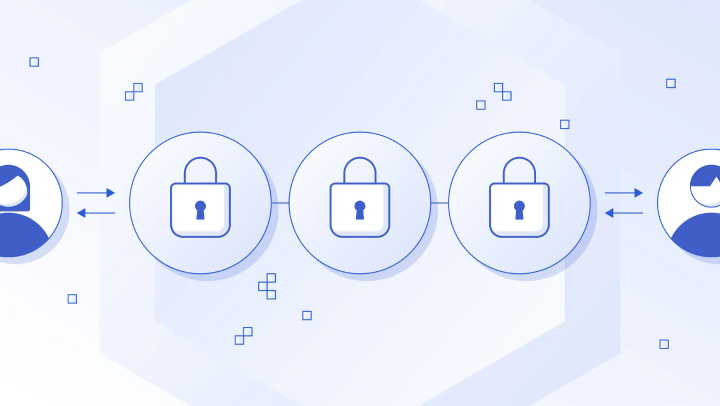What Are NFT Games?
NFT games are video games that use NFTs as a core part of their gameplay and economy.
NFTs are no longer a niche technology. Over the past several years, millions of users have accessed NFT technology through Web3-native mediums, social media platforms such as Reddit, and company-specific applications such as the Starbucks app. And some of the largest names in gaming—including Square Enix and Ubisoft—are experimenting with NFT technology to better understand how it can be used within video games.
<div class="educational-divider sections-divider"></div>
What Are NFTs?
Non-fungible tokens (NFTs) are unique, 1-of-1 tokens created by smart contracts and powered by blockchains. Unlike their fungible counterparts, NFTs always have a unique identifier that distinguishes them from any other token on a blockchain. No two NFTs are ever the same.
This quality of uniqueness, alongside the sovereign digital ownership that blockchains offer, has led to a wide range of use cases across art, gaming, and finance—and the design space is only expanding.
<div class="educational-divider sections-divider"></div>
What Are NFT Games?
NFT games are video games that use NFTs as a core part of their game. In the context of games, NFTs are simply a blockchain token with a unique barcode that can be distributed by games and owned by players. Thus, the design space for using NFTs within games is effectively limitless—they can be used to represent characters, items (both full and crafting), weapons, skins, and literally any other in-game asset that requires the property of non-fungibility.
But why use NFTs within games at all?
The Benefits of NFT Games
There are a variety of benefits that NFT games offer over their non-NFT counterparts.
Sovereign Ownership
In traditional games, players don’t truly own their in-game items, currencies, or achievements. Because these digital assets exist on a centralized server controlled by game publishers/developers/companies, they can be taken away at any moment and cannot be used outside of the game.
With NFTs, players have sovereign ownership over their digital assets in the same way that one can own physical items. They are theirs to own, build upon, and trade in whichever way they see fit. And this kind of real ownership creates a new level of player immersion and engagement, as evidenced by the tendency for humans to collect physical items like rare coins, stamps, cards, and other memorabilia. Before NFTs, creating a digital collectible was impossible because the longevity of any item was ephemeral and uncertain. At any point, the server that owned the digital item could shut down and the collectible would no longer exist.
For as long as the blockchain is running, the NFT will exist. This adds a new dimension to the gaming experience and deepens the connection that players have with their digital items and the systems that maintain them.
Interoperability
All NFT games that are built on the same blockchain are connected due to their shared underlying infrastructure, enabling various forms of permissionless interoperability between them. For example, because NFTs can exist outside of the game from which they were earned, an NFT in one game can be used in a different game (or games) and serve a different purpose within that game.

Some Web3 projects have created NFT primitives in an attempt to kickstart shared development that takes full advantage of NFT interoperability. This is accomplished by creating a collection of NFTs first, distributing them, and then relying on NFT owners and enthusiasts to build on top of the NFTs by creating a variety of games, experiences, and more elements that utilize the NFTs.
In an increasingly digital world, blockchains act as shared digital environments that are maintained by many and controlled by no single party. With blockchain technology, users can buy NFTs, play different games, and take out loans from DeFi protocols against their NFT, all on a single, overarching platform. This connected ecosystem offers an inherent consistency that empowers users to traverse blockchain-based experiences in a harmonious and cohesive manner—the foundation for any emerging metaverse.
Monetization
All NFTs are connected to a larger, built-in economy consisting of all the other applications built on top of a blockchain. Players who buy or earn in-game NFTs have immediate access to open blockchain marketplaces where they can freely buy, sell, or trade their NFTs. This unlocks the possibility for players to earn real money by playing games, though whether a player will turn a profit is far from a guarantee.

For NFT game developers, this open economy also unlocks new paths to monetization. For example, developers can earn royalties each time the NFTs they created are traded on a marketplace—an economic model that no longer requires game developers to optimize for continuous and repeated in-game purchases to the detriment of the player experience.
NFTs also generally have a monetary premium over their traditional in-game item counterparts. They are more expensive to produce, which leads to an increased cost, and they also have the intrinsic benefits of permissionless operability, sovereign ownership, and access to open marketplaces that many traditional games don’t (or can’t) offer.
<div class="educational-divider sections-divider"></div>
NFT Game Examples
Today, NFT games exist on a spectrum. Some recreate the familiar experiences of traditional games enhanced by the additional benefits mentioned above. Others leverage blockchain technology to the fullest and attempt to create completely new digital worlds that are collectively developed by enthusiasts.
Gods Unchained
Gods Unchained is an NFT trading card game (TCG) with gameplay that’s very similar to online card games such as Hearthstone and Legends of Runeterra, among others. Players use a deck of cards in player-versus-player (PvP) matches with the aim of strategically outwitting opponents and achieving victory.
To acquire cards, players purchase randomized packs of NFT cards with the game’s native currency, which can either be bought directly from a marketplace or earned by playing the game. As NFTs, these cards are fully owned by the players once they receive them, and there is a native marketplace where players can freely buy and sell their trading cards.
Gods Unchained is an example of an NFT game that takes a familiar gameplay model and enhances it with blockchain technology. In games like Hearthstone or Legends of Runeterra, players don’t fully own their cards. By using NFTs, Gods Unchained provides the benefits of physical card games such as Yu-Gi-Oh! and Magic the Gathering—where cards can be freely traded, bought, and sold—while staying digital.
Dookey Dash
Dookey Dash was a limited-time NFT game by Yuga Labs—the organization behind the popular Bored Ape Yacht Club (BAYC) NFT collection—with a unique spin on the role of NFTs. Access pass NFTs, which provided entry to the game, were distributed to all BAYC NFT owners. Players without a BAYC to play the game were required to purchase a limited-time access pass NFT on the open marketplace.
The game itself was akin to endless runner games such as Subway Surfer or Temple Run, with players competing on a leaderboard to see who could accrue the highest score. Players at the top of the leaderboard at the end of the competition received a variety of NFT rewards that would have future utility within the BAYC universe. Players could also purchase in-game powerups that provided a boost to gameplay.
Dookey Dash is an interesting case study of an NFT game that is part of a larger metaverse, with NFTs acting as both access and reward. While this model is likely difficult for more obscure games to replicate successfully, Dookey Dash showcased how NFTs can enhance gaming experiences, supercharge the role of status within game communities, and unlock latent demand for digital rewards.
Loot
Loot is not a typical NFT game. Rather, the project started out as a series of text-based NFTs without an image attached. Each NFT has a unique list of text that describes certain items, such as “Wool Sash,” “Linen Gloves,” and “Leather Boots of Enlightenment.”
As an experiment in collective world-building, Loot NFTs provided a primitive for creators, developers, and users to build on top of. Developers could pick and choose which items to build upon and how the items would manifest within different adventures, ranging from series of loot-based raiding games to puzzle-solving quests.
Loot represents a radically different take on what NFT games can look like. Rather than relying on a single game with a core gameplay loop, Loot NFTs introduced a primitive that unleashed the creativity of its wider community. Passionate enthusiasts and owners are collectively building out the lore, experiences, games, and other factors, all of which leverage the initial Loot NFTs.
<div class="educational-divider sections-divider"></div>
Chainlink Services in NFT Games
There are a variety of technical restrictions and limits that blockchain games face, which is why access to secure and reliable Web3 services is crucial for NFT games to break into the mainstream. As the leading provider of Web3 oracle services, Chainlink offers NFT game developers the ability to fully harness the power of NFT and blockchain technology to create an end-to-end experience that can match, and enhance, existing games.
Chainlink Functions
The most pressing limitation facing any NFT game is the native inability of an NFT smart contract to interface with data outside the blockchain. This is important because most NFT games use smart contracts (which create the NFTs) alongside a traditional game server (to run core gameplay) due to blockchain scalability limitations. The more data available to NFTs, the more interactive the experience. Only with access to off-chain game data can developers create dynamic NFTs (dNFTs), which are NFTs that update dynamically based on external conditions.

Whether it’s to create an upgradable weapon or an RPG character with various skill tiers, game developers need a way to quickly and securely connect off-chain data to their NFTs. That’s exactly what Chainlink Functions—a serverless, self-serve development platform that enables Web3 developers to access any API—does. With Functions, developers can connect any API in just minutes, accelerating the pace at which they can build their game.

<div class="educational-divider sections-divider"></div>
The Cross-Chain Interoperability Protocol
The Cross-Chain Interoperability Protocol (CCIP) is an oracle service currently in development that aims to solve the problem of blockchain-to-blockchain interoperability. While all applications on a blockchain can communicate with each other, applications that are built on different blockchains cannot.
This creates a problem for NFT games, which aim to target the largest player base possible. Users have a UX incentive to stay on one blockchain rather than traverse multiple. Thus, games must constantly expend resources to deploy from one blockchain to another—a solution that doesn’t scale as Web3 grows to support hundreds to thousands of blockchains.

CCIP is designed to provide NFT game developers with the tools they need to build natively cross-chain applications. Not only does this unlock a seamless user experience, where eventually a single wallet can interface with all the world’s blockchains, but it also enables NFT games to optimize speed and cost across blockchains (i.e. the ability to choose to use different blockchains for different reasons).

<div class="educational-divider sections-divider"></div>
Chainlink Verifiable Random Function
Another limitation of NFT games is that blockchains don’t have a source of secure randomness. While traditional game servers can implement random number generators (RNGs) in black boxes to which nobody else has access, blockchains are inherently open and deterministic systems. Getting a true and fair random number that can’t be tampered with is a difficult task for game developers.
This limitation is particularly important for NFT distributions, which often use randomness for giveaways, airdrop allowlists, and more. Additionally, if players can predict the outcome of random game functions—such as map generation or critical hit strikes—it may give them an unfair advantage in the game.

Fairness is a critical component of any game, and Chainlink Verifiable Random Function (VRF) is the best way to provide it. VRF offers Web3 developers a simple way to access random numbers that any user can independently verify are truly random. Whether for giveaways, raffles, allowlist distributions, or gameplay elements, VRF gives players a uniquely Web3 confidence of fairness and transparency in outcomes. Where else can you give a mathematical guarantee that something is random?

<div class="educational-divider sections-divider"></div>
Conclusion
As an emerging vertical, NFT games have yet to realize their full potential, and it’s difficult to predict what NFT gaming will look like in the future as game developers experiment with different gameplay and monetization models. But there are limitless possibilities—for both players and developers alike—to build better, more engaging games on a foundation of sovereign ownership, permissionless interoperability, and experimental monetization.














